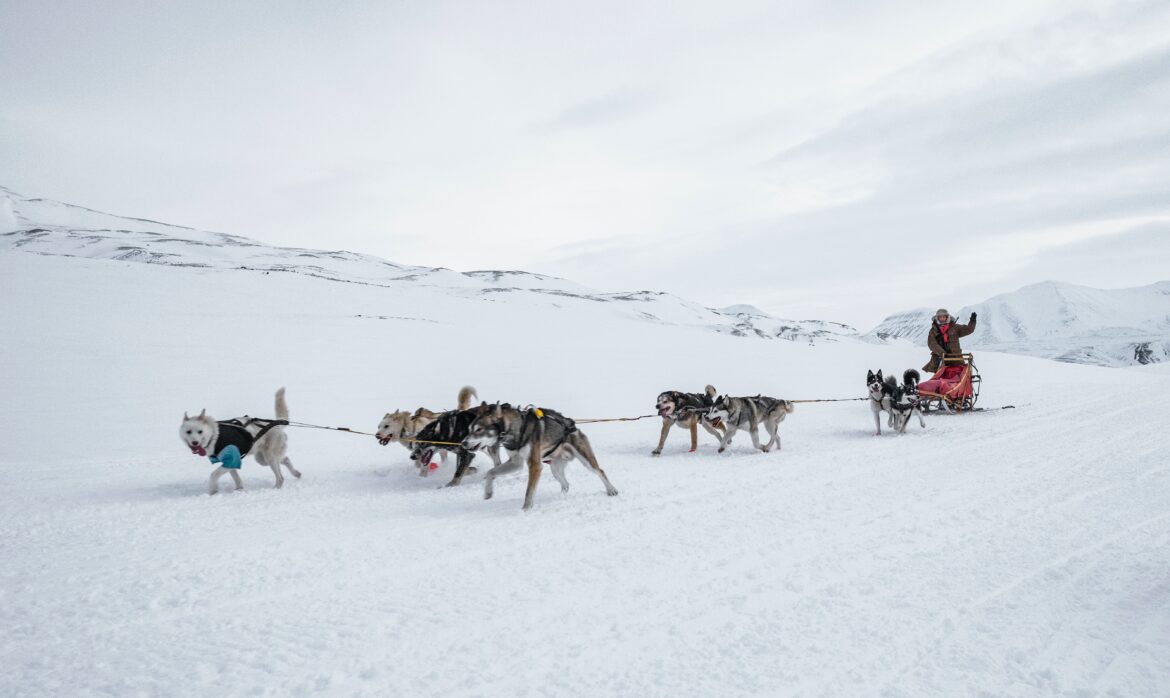History of Alaskan Dog Breed
Alaska and other frigid locations have relied on dogs for millennia. It is believed that in some parts of the Arctic, these dogs were necessary for transportation as far back as 9,000 years ago. The logistics of travel would be prohibitive without them.
Though the “renowned” breeds of today may be associated with Alaska, that wasn’t always the case. Instead, the dogs are thought to have been imported to North America from the far northern region of Siberia. However, around 2,000 years ago, dogs from the Inuit people supplanted them.
Sled Dog Breeds
These modern sled dog breeds in Alaska are the last of their ancestors, the Inuit dogs. The vast majority of them share a common ancestor with other spitz-type canines. This is why you’ll often recognize an Alaskan dog by its pointed ears standing proud, double coat, and sharp muzzle.
The 19th-century Alaskan gold rush revived the need for sled dogs just as their use had begun to wane. Alaska is not an easy state to travel through, especially in the past when people did not have access to contemporary transportation methods.
In reality, during the long, icy, and harsh winters, many of the gold camps and mining areas were only accessible by dog sled. The dogs in Alaska weren’t just used for transportation. Instead, these dogs were tasked with transporting whatever needed to be relocated.
So, sled dogs were used to transport things like mail, goods, and even medicines. There would be no practical way to go across Alaska without these dogs. There is no practical method for many people to survive in such a cold state.
Sled dogs are still put to use in certain remote parts of Alaska today, long after the advent of automobiles. There are still many enthusiasts who travel to Alaska each year to take part in races like the Iditarod and others.
Most Alaskan dogs are bred specifically for sled-pulling due to the region’s severe winters and frequent blizzards. To be clear, this position is open to all canines, not just those native to Alaska.
Popular Alaskan Sled dogs
Several breeds had their roots in Alaska, while others were brought in and improved upon there. Learn more here about these incredible Alaskan dogs.
Alaskan Klee Kai
The Klee Kai is an unusual type of dog in Alaska. The Alaskan Klee Kai was specifically intended as a companion animal, while the other snow dogs were created for certain tasks. Since, at most, these canines will weigh 20 pounds.
The Klee Kai is essentially a miniature Alaskan Husky. The two dog breeds are visually similar yet have quite different personalities. But that’s what they were bred to be: friendly pets, not working dogs.
And the Klee Kai’s standard sizes are another point of distinction. To clarify, there are three distinct sizes available for these canines: toy, miniature, and standard. As a result, the height range of Alaskan Klee Kais is between 13 and 17 inches.
The popularity of this dog breed has skyrocketed despite its youth. The United Kennel Club’s official recognition of the Alaskan Malamute in 1997 cemented the breed’s reputation as an elite Alaskan companion dog.
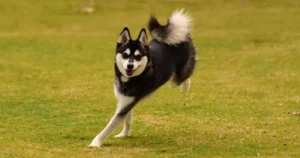
Picture Credit: Getty Images
Alaskan Malamutes
The Alaskan Malamutes are the most well-known types of Alaskan dog breeds, and in 2010 they were officially recognized as the national dog of Alaska.
Hunters who made the perilous journey across the Bering Strait may have brought these dogs to North America thousands of years ago. The Mahlemiut Inuit were responsible for giving them their name, as they were the ones who did the breeding.
These large canines were originally developed for the specific purpose of transporting huge objects across great distances. These canines may be slow, but they more than makeup for it with stamina and heft. It is not only a sled dog; it also assists in hunting polar bears and seals.
Although they may look fierce, Malamutes are quite docile and loving pets. They are pack animals that do best in large groups.
The thick fur on these large teddy bears makes them uncomfortable in hot weather and requires constant exercise. It would be great to have an active family in a mild environment.
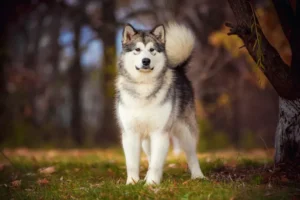
Picture Credit: Getty Images
Alaskan Husky
Alaskan Huskies are a dog breed that has been selected for their intelligence and work ethic rather than their physical appearance.
They have a stellar reputation for their physical prowess, especially their endurance and speed across vast distances. They are not as massive as Siberian Huskies or Malamutes, but they still pack a lot of muscle.
They get along well with others, are laid-back, and are submissive. They are loyal and fun in nature and are often kind and welcoming to new people.
Training often requires a patient leader willing to take on an alpha position.
These dogs aren’t just useful for pulling sleds, though; they also make fantastic pets for energetic people. They require regular exercise and take pleasure in jogging. Since they prefer to wander and dig, a properly walled enclosed area is essential.

Picture Credit: Getty Images
Alusky
No major kennel club recognizes the Alusky as a purebred dog. They are a cross between the Alaskan Malamute and the Husky, the two most well-known breeds of dog in the state of Alaska. The hybrid is also native to Alaska, where both parent dogs originated.
Since its two parent breeds were originally bred to pull sleighs, the Alusky is likely to share its ancestors’ sled-pulling instincts and drive. Furthermore, the high levels of energy and vivid personalities shared by both are likely to be passed along as well.
These canines come in a wide range of sizes, from medium to enormous. However, they will always be robust and long-lasting. Depending on genetic inheritance, the almond-shaped eyes might be brown, blue, or a combination of the two.
In addition, the Alusky double coat of fur can be any one of a number of different hues. They can be any color, from white to gray to brown to cream to gold to salt and pepper. The Alusky should get their wolf-like traits from both of their parents.
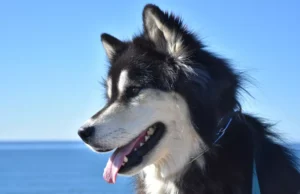 Picture Credit: Getty Images
Picture Credit: Getty Images
Malanees
The next Alaskan dog breeds that we’ll be introducing are hybrid. This large, fluffy breed is a cross between the enormous Great Pyrenees and the diligent Alaskan Malamute.
Less dense than the Malamute’s, the Malanees coat is still well suited to the cold of the mountains. They struggle in warm areas, therefore taking frequent river journeys is recommended in the summer.
Malanees are renowned for their kindness to youngsters, love for their loved ones, and willingness to put aside their stubbornness for the sake of those they care about.
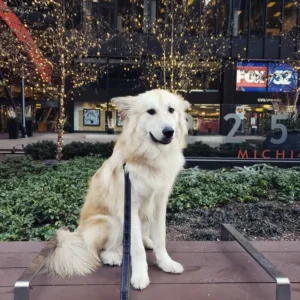
Picture Credit: Getty Images
Alaskan Malador
The Alaskan Malador dogs are lively, rambunctious Alaskan dog breeds that are quite popular amongst physically active people. The Labramute, a hybrid of the energetic Alaskan Malamute and the friendly Labrador Retriever, is guaranteed to be a conversation starter for years to come.
The Alaskan Malador is a breed of dog known for its high level of trainability and loyalty to its human family. However, training must be continuous and rewarding for a dog with this tremendous drive and boundless energy. This breed responds well to daily training sessions of about five minutes.
While the Alaskan Malador is a devoted and clever dog, it is not recommended for first-time dog owners. Because of their stubborn nature, they might be challenged to train well. They thrive on long-distance walks or hikes, preferably more than five miles.
While we understand that this may be out of the question for many people, it is important to remember that no amount of love can prevent an Alaskan Malador from becoming bored and frustrated without adequate stimulation.

Picture Credit: Getty Images
Alaskan Chinook
This puppy is the result of breeding an Alaskan Malamute with a New Hampshire Chinook.
The Chinook dog breed gained fame during Admiral Byrd’s 1928 Antarctic voyage after its creation in New Hampshire’s White Mountains. They have evolved into versatile pets who enjoy activities as diverse as going on walks, competing in dog sports like agility, pulling a sled or other vehicle, and frolicking with children.
Chinooks have a good disposition and are sensitive and gentle dogs. They have a natural affinity for humans and other animals, making them great companions for both children and other pets.
But be careful, inexperienced pet owners: these dogs require continuous, professional training.
These dogs are able to adjust to apartment living, but they really thrive when given a large, fenced-in yard to play in. Chinooks are notorious diggers, so it’s important that your yard’s fence can withstand any Houdini-level attempts at breaking out.
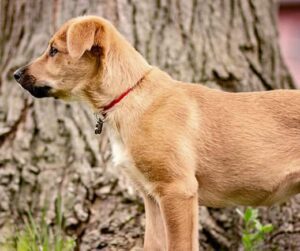
Picture Credit: Getty Images
Samoyed Malamute
The Samoyed, a species of spitz, and the Alaskan Malamute, a sturdy working dog, are the parents of the Samoyed Malamute. They’re incredibly trainable and active canines. Their thick, feathery coat is an excellent defense against subzero temperatures.
These canines are well-known for their expressive “doggie smiles” and varied vocalizations. What’s the use of shouting when you can just as easily explain yourself?

Picture Credit: Getty Images
Siberian Husky
In 1908, the first Siberian Huskies arrived in Alaska, where they were used as sled dogs during the gold rush. They have been used in the All-Alaska Sweepstakes, a 408-mile dog sled race, and are still a current participant in the Sweepstakes.
Before the Soviet Union closed the borders in 1930, the last Siberian Husky was reportedly shipped out of the country. Success in North America was not a one-off for the breed.
A Siberian Husky dog has a lovely, thick coat that can be any color and can be marked in a variety of ways. This species, originally from Siberia, is especially attractive because of its blue or multicolored eyes and unique face mask.
The Siberian wolf-like appearance is undeniably attractive, but potential owners should be aware that this active and bright canine can sometimes take matters into its own paws. To keep your husky from putting the “H” in Houdini, you’ll need a fence that reaches deep into the earth and encloses the entire yard.
Though it may be difficult, it’s important to get your Husky out and about on a regular basis to prevent destructive boredom-related behavior like attempting to run away.
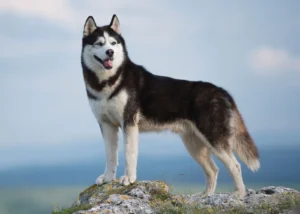
Picture Credit: Getty Images
To Summarize
There is only one true Alaskan dog, despite the fact that the world of sled dogs and racing has inspired the creation of many arctic-ready puppy breeds.
There is, therefore, an Alaskan dog breed for everyone, regardless of whether you prioritize sociability, athleticism, or trainability in your canine companion.
Have a wonderful day of sledding!
